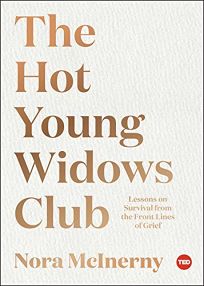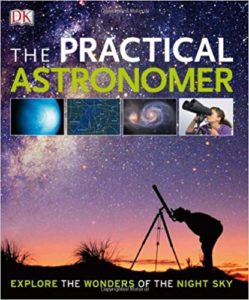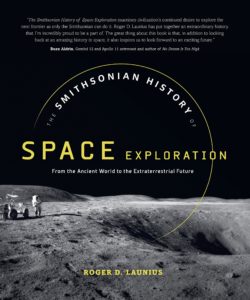A Non-Fiction Variety Pack




The Hot Young Widows Club: Lessons on Survival from the Front Lines of Grief by Nora McInerny
Save Me the Plums: My Gourmet Memoir by Ruth Reichl
The Universe Explained: A Cosmic Q & A by Heather Couper and Nigel Henbest
The Unwanted: Stories of the Syrian Refugees written and illustrated by Don Brown
Reading, like summer, can be random. Days away from school and work open the door to the unexpected, allow the senses to notice what is hidden by everyday experience. Surprises appear on the library shelves–new titles or those that have been circulating and were missed earlier.
I’ve stumbled upon some surprises this summer, both fruitful and not. One was pleasant, an amazing story which lived up to its buzz. One, much to my disappointment, did not. One snuck up on me, and one made me cry.
The Universe Explained: A Cosmic Q & A literally threw itself at my feet while walking past it in the lobby. It’s 281 pages of awesomeness, asking and answering questions you’ve had about the cosmos and then some. Questions are divided into chapters covering the seen (celestial bodies, space exploration, technology) and the unseen (alien life, black holes, the universe’s edge). Each question is succinctly answered on its own page and accompanied by a full-color illustration. A helpful glossary in the back defines unfamiliar terms. Authors Heather Couper and Nigel Henbest have created an accessible book with plenty of eye-catching appeal. Use it to answer your own questions or give it to a young person (upper elementary and older) with an appetite for reading or science or both. This would be a great title to explore as a family, sparking curiosity and discussion.
I’ve long enjoyed Ruth Reichl’s food writing; her heady descriptions of the culinary life have inspired and delighted me immensely. I was excited to finally read her latest, Save Me the Plums: My Gourmet Memoir, covering her stint as Gourmet’s editor-in-chief and the magazine’s last days before being closed by Conde Nast. I imagined a behind-the-scenes look at the Gourmet kitchens accompanied by lush descriptions of dishes created there, and that’s the outcome…sort of. The book is long on magazine publishing and short on food. Reichl’s normally unhurried pace and rich description take a back seat to what sometimes feels like a breathless recitation of industry names and events by an avowed outsider trying to find her place in that world. This is more a case of managed expectations on my part than an indictment of her writing quality. Save Me the Plums does exactly what it claims–explores Reichl’s journey into the world of luxury publishing, keeping her wit and outlook intact. To explore what gems she has to offer, start with Reichl’s earlier memoirs or her amusing journey as the New York Times restaurant critic then come back to the rest of the story.
Don Brown has a talent for telling difficult stories using spare, strong words and pictures. His non-fiction graphic novels have garnered acclaim and made award lists; more importantly, they engage readers and open them to experiences near and far. Brown’s text and art are like a good movie soundtrack which doesn’t call attention to itself but lets the story take the spotlight. The Unwanted: Stories of the Syrian Refugees is no exception. It combines thorough research with first-hand accounts to track the plight of people fleeing war and death. The art–pen and ink with digital paint–conveys struggle and desperation in watercolor greys and sepia tones. The few bright spots are oranges and reds of explosions. Seemingly simplistic, the illustrations and spare text pack are moving. Brown includes background information, research notes, and a bibliography at the end. Give this to teens and adults with an interest in current events or history or start a conversation with a teen who may have only heard of this in passing. Also, try Brown’s other acclaimed graphic novels for teens exploring the Dust Bowl and Hurricane Katrina.
Reading Nora McInerny’s book The Hot Young Widows Club: Lessons on Survival from the Front Lines of Grief knocked me for a loop. I haven’t cried that hard over a book since Where the Red Fern Grows in the 5th grade. This is a 91-page grief memoir packing a gigantic, emotional gut punch. It’s also a life preserver for the bereaved and a handy tool for those who aren’t at the moment. (Because, as the author points out, “Here is one important thing we all have in common: literally everyone we know and love will die.”) McInerny experienced a miscarriage plus the deaths of her father and husband within 7 weeks of each other. Afterward, she and another woman founded the titular club; along the way, she’s gathered observations, advice, and encouragement into a valuable resource for all of us. McInerny’s forthright, concise style is packed with humor and sass. She offers support, space, and survival tips to those who are grieving and concrete advice to those who want to help but don’t know how. If you are grieving or know someone who is, try this book–it has so much to offer.



